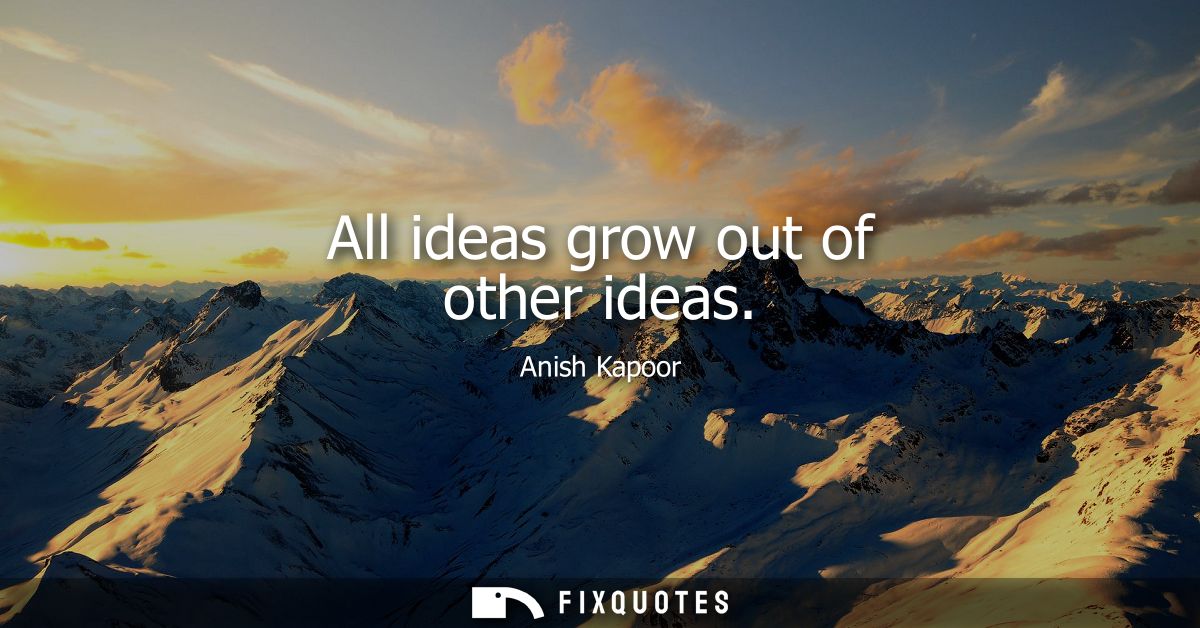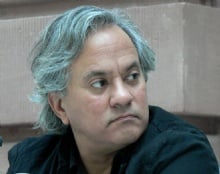"All ideas grow out of other ideas"
About this Quote
Every thought, innovation, or creative spark owes its existence to a lineage of concepts preceding it. Human knowledge does not spring forth from isolation, but from a continuous process of exchange, reinterpretation, and synthesis. When Anish Kapoor declares that all ideas grow out of other ideas, he emphasizes the intricate web connecting past, present, and future imaginations.
Take a look at any major scientific breakthrough, and one can trace its origins through a chain of hypotheses, observations, and even mistakes. The evolution of electricity, for example, is not solely attributed to one genius mind; instead, it’s a result of centuries of curiosity, experiments, and the gradual accumulation of understanding from figures like Faraday, Edison, and Tesla. In art, too, movements borrow, rebel against, or reimagine their predecessors. Impressionism was shaped by Realism and itself helped give rise to Modernism.
Even at the level of daily thought processes, the mind synthesizes input from conversations, books, media, and prior experiences to generate new solutions and creative works. Moments of inspiration often feel sudden, yet they are the culmination of hours, days, or years spent absorbing and transforming previous knowledge.
This constant evolution underscores a shared sense of humanity. Creativity is not a solitary act but a dialogue, across generations, cultures, and disciplines. Ideas multiply as they interact; innovation accelerates when individuals are open to collaboration and reinterpretation.
Understanding this lineage leads to humility and respect in the creative process. No creation stands alone; each is embedded within an ecosystem of influence. Recognizing that ideas are interconnected encourages generosity: to share, to acknowledge others, and to keep the vibrant conversation of human thought alive. Creativity flourishes not in a vacuum, but in the fertile ground cultivated by many minds working in tandem across the vast tapestry of history.
About the Author

